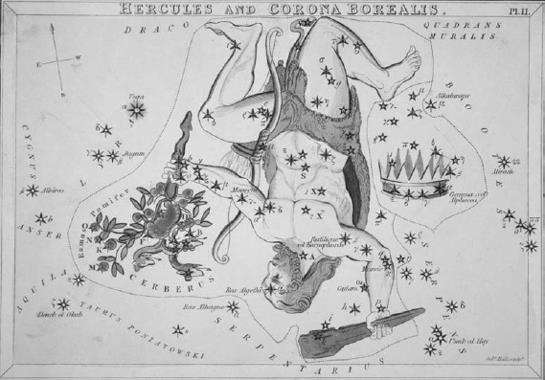Astronomy and SpaceStars |
How many constellations are there and how were they named? |
Constellations are groups of stars that seem to form some particular shape, such as that of a person, animal, or object. They only appear to form this shape and be close to each other from Earth; in actuality, the stars in a constellation are often very distant from each other. There are 88 recognized constellations whose boundaries were defined in the 1920s by the International Astronomical Union.
Various cultures in all parts of the world have had their own constellations. However, because modern science is predominantly a product of Western culture, many of the constellations represent characters from Greek and Roman mythology. When Europeans began to explore the Southern Hemisphere in the sixteenth and seventeeth centuries, they derived some of the new star patterns from the technological wonders of their time, such as the telescope.
Names of constellations are usually given in Latin. Individual stars in a constellation are usually designated with Greek letters in the order of brightness; the brightest star is alpha, the second brightest is beta, and so on. The genitive, or possessive, form of the constellation name is used, thus Alpha Orionis is the brightest star of the constellation Orion.

